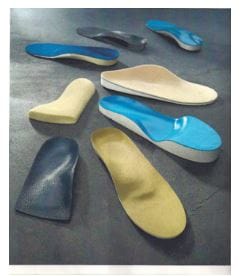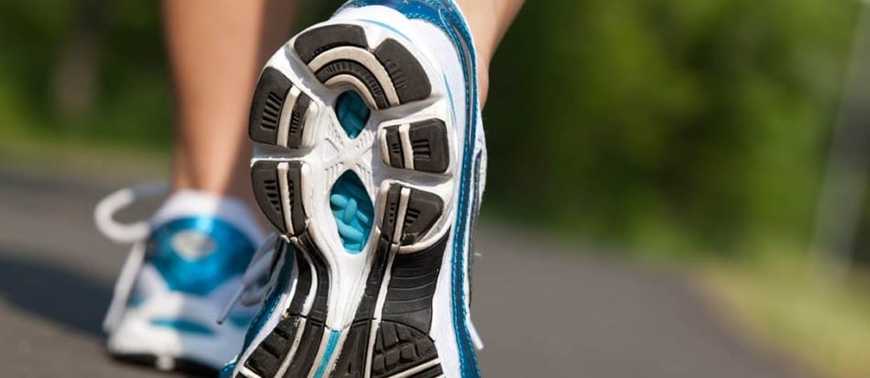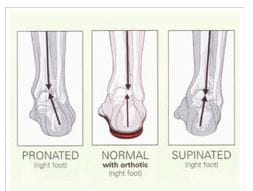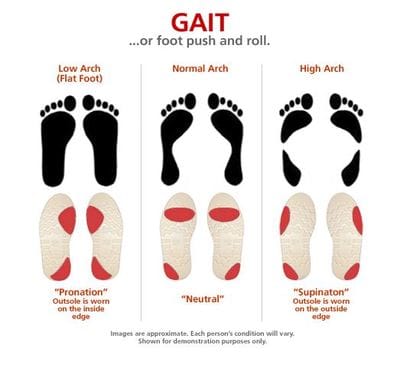 26 bones. 33 joints. 107 ligaments. 19 muscles and tendons. The feet are indeed very complicated structures that rely on a delicate interaction between a number of structures. Contrary to what we see being advertised on television, a very small portion of the population has what would be deemed ‘perfect feet’. In fact, most people at one point or another find themselves in a situation where their feet become problematic because of alignment issues or overuse. This is where orthotics can come in to assist in maintaining the feet in as perfect working order as is possible. Not everyone is suited for orthotics and not everyone would benefit from them, which is why a biomechanical assessment needs to be performed by a qualified podiatrist to determine if orthotics are appropriate for the individual. Most people can follow 3 basic questions though to guide them to deciding whether or not the options of orthotic should be pursued further. Firstly, what are orthotics? Orthotics are basically custom made footwear inserts that aim to support the foot and maintain the foot in a ‘neutral’ position. This neutral position is one where the ‘rolling in/pronation’ and ‘rolling out/supination’ of the foot is at a relatively equal level, thereby reducing any excessive strain on the tendons and ligaments needed to maintain this position naturally. Orthotics can be made of hard plastic (polypropylene) or softer rubber material (EVA). They are usually designed to be able to be moved between appropriate pairs of footwear. So how can you tell if orthotics are for you? Below I have come up with 3 questions that can help guide you on making a choice. This is by no means an exhaustive list and I firmly suggest to patients who have concerns or questions to seek guidance of professionals to ensure the steps taken are appropriate for the patient in question. Remember, everyone is unique. Are you concerned about your foot or body alignment? As already mentioned, orthotics work to maintain the feet in a neutral position and reduce the stressed that may result. However there are a number of things to look out for in the alignment of the feet and body that may be setting a stage for further problems. Some things to look out for include:
Do you have foot or lower limb pain? Pain is an important stimulus. It is the body’s way of telling us that something is not quite right. In terms of the feet and lower limbs, this can be from stressed ligaments and tendons to potential stress fractures of bones. Orthotics may assist in treating:
Wear patterns on shoes can tell a story. They can also give clues as to how the foot is functioning and can indicate sites of abnormality that may been to be corrected. All footwear will wear out over time with use and regularly replaced, however understanding what wear patterns can mean can identify what the feet are doing when you are walking. The particular areas of interest for podiatrists can be separated into the rearfoot, midfoot and forefoot. Excessive wear on the outside of the heel may be indicative of a foot that tends to ‘roll out’ more when initially coming into contact with the ground. This can be a precursor to injuries to the outside of the ankle (rolling your ankle). Excessive wear on the inside of the heel may indicate a foot that pronates a lot more and may be in need of more supportive footwear to counteract it. If a shoe undergoes a lot of pressure through the middle of the foot such as seen with flatter feet, the cushioning and support along the middle of the shoe will compress a lot quicker. This would render the shoe next to useless in providing support. Finally, by observing pressure points on the underside of the shoe at the area of the toes, we can identify if there is too much pressure going through the front of the foot. Ideally, pressure should be evenly distributed along the 5 metatarsal heads but the majority would be handled by the big toe. Deviations from this may indicate structural and/or functional problems with the forefoot. All of the above points can be assisted by using an orthotic since the devices will maintain the foot in the neutral position and resist excessive forces which would be responsible for the observed wear patterns.  Dr Anel Kapur delievers an outstanding clinical podiatric care to all clients. He has earnt himself an exceptional reputation among his clients for his attention to detail, gentle approach and depth of knowledge. Dr Anel Kapur is available for appointments Monday and Saturday. Bookings are available online or contact receptions on 9542 3330
2 Comments
3/2/2017 09:04:40 pm
We should take care of our bones because they are the major things that are used in our walking and other activities. Activities that are needed for us to become successful in life and there are many reasons to think. Orthothics is a new word that I have just encountered and I want to know more things about it and I will ask my parents and my aunt about this.
Reply
2/23/2022 08:45:50 am
I appreciated it the most when you listed all the conditions that orthotics can treat, particularly ankle pain. My brother is suffering from ankle pain because of a road accident. If getting an orthotic will treat his ankle, then we will make sure to have one.
Reply
Leave a Reply. |
Archives
June 2021
|
|
Contact Details
Call 9542 3330
99A Loftus Ave, Loftus NSW 2232 Hours Monday & Wednesday 8am - 6pm Saturday: 8am - 12pm Early morning or later evening available by appointment Our reception is available for walk-ins on Monday, Wednesday & Saturday. Or by telephone 7 days. |




 RSS Feed
RSS Feed